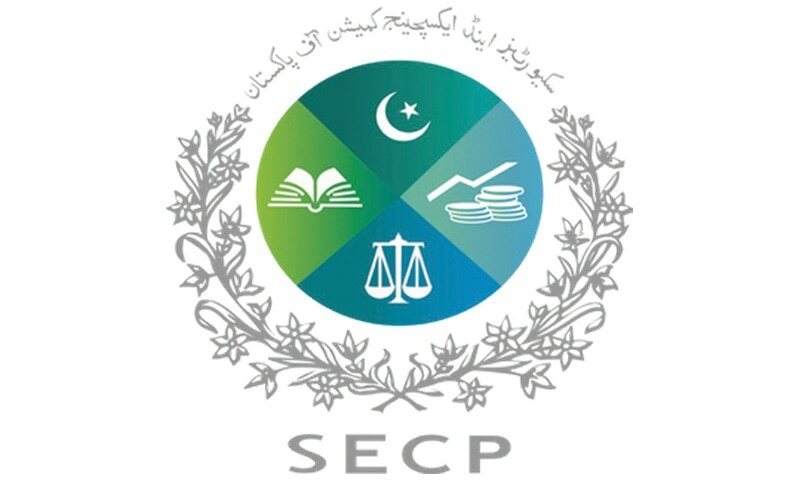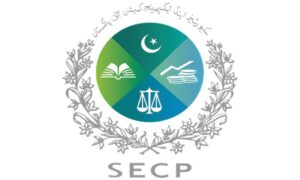Navigating Compliance with Section 123A Understanding the Significance of Form-45
Introduction
In the complex landscape of financial regulations, Section 123A stands as a crucial component, particularly for organizations seeking to maintain compliance with specific legal requirements. Central to this is Form-45, a document integral to ensuring adherence to the stipulations of Section 123A. This article delves into the details of Section 123A, the role of Form-45, and the implications for businesses and organizations.
Understanding Section 123A
Section 123A is a regulatory provision that sets forth certain requirements for entities in specific sectors or circumstances. It might encompass aspects such as reporting, disclosure, or other compliance obligations tailored to particular types of transactions or organizational structures. The precise nature of Section 123A varies depending on the legal framework it is part of, be it tax law, corporate law, or another regulatory domain.
The Role of Form-45 in Compliance
Form-45 is the designated document or tool for entities to comply with the requirements of Section 123A. It typically serves as a reporting form where organizations disclose relevant information, ensuring transparency and adherence to regulatory standards. Form-45 may require details such as financial transactions, organizational changes, compliance with specific operational standards, or other pertinent information.
Key Components of Form-45
Identification Information:
This includes basic details about the entity, such as name, address, and identification numbers.
Specific Data Required by Section 123A:
Depending on the nature of Section 123A, this section captures the core information required for compliance, such as financial figures, transaction details, or compliance status with certain standards.
Certification and Verification:
A section for authorized individuals to certify the accuracy of the information provided, often under penalty of perjury or similar legal accountability.
Implications for Businesses
Compliance:
Entities must accurately and timely complete Form-45 to comply with Section 123A. Failure to do so can result in penalties, legal issues, or other regulatory actions.
Resource Allocation:
Compliance efforts, including the preparation of Form-45, may require dedicated resources, such as staff time or external expertise.
Operational Impact:
For some entities, meeting the requirements set out in Section 123A and reported via Form-45 may necessitate operational changes or adaptations.
Best Practices for Compliance
Adhering to regulatory requirements under Section 123A and effectively using Form-45 is pivotal for organizations. To ensure seamless compliance, three key practices are essential:
Staying Informed:
Regulations are often subject to change, and staying updated with these changes is crucial. Organizations must regularly review and understand the current requirements of Section 123A and how they specifically relate to their operations. This includes being aware of any amendments to the law, shifts in compliance standards, or updates to Form-45. Utilizing resources like regulatory bulletins, industry news, and government announcements can keep entities well-informed.
Accurate Record-Keeping:
The cornerstone of compliance with Section 123A is the maintenance of precise and detailed records. Organizations should establish robust systems for recording and storing relevant data. This data is essential for accurately completing Form-45 and can include financial transactions, operational changes, or other pertinent information. Implementing standardized processes for data collection and validation helps in ensuring that the records are both comprehensive and reliable.
Seeking Expertise:
Navigating the complexities of Section 123A often requires specialized knowledge. Organizations should consider consulting with legal or compliance experts who are well-versed in these regulations. These professionals can offer valuable insights into the specific requirements of Section 123A, guide the correct completion of Form-45, and help in identifying potential areas of risk. This expertise is not only beneficial for ensuring current compliance but also for strategic planning to meet future regulatory challenges.
By incorporating these practices into their compliance strategy, organizations can navigate the intricacies of Section 123A and Form-45 efficiently, minimizing the risk of non-compliance and its associated consequences.
Conclusion
Complying with Section 123A through Form-45 is more than a regulatory obligation; it’s a commitment to transparency and operational integrity. While the process may seem daunting, understanding its importance and adopting best practices can make compliance a seamless part of an organization’s operations. As regulatory landscapes evolve, staying informed and proactive in compliance strategies will be key to navigating these challenges successfully.



